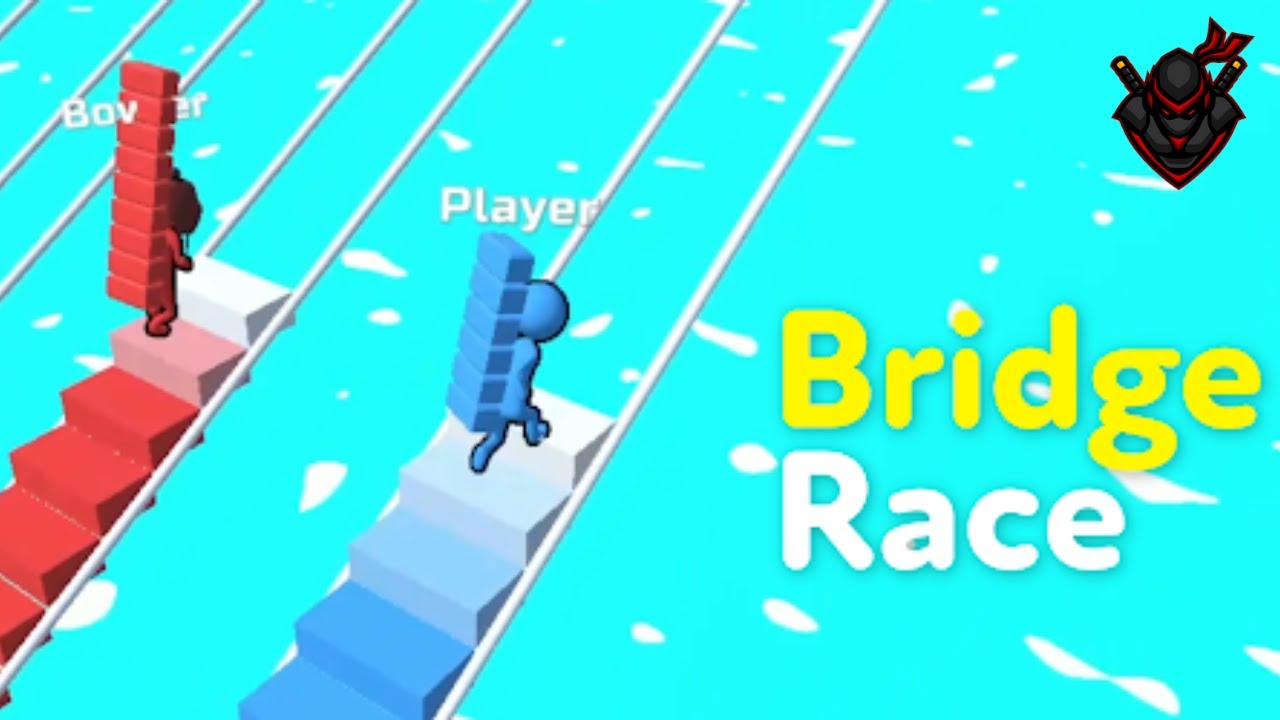Introduction
The Legend of Zelda: Breath of the Wild is a groundbreaking action-adventure game developed and published by Nintendo. Released in March 2017 for the Nintendo Switch and Wii U, this installment of the beloved Zelda series redefined the conventions of open-world gaming, offering players an expansive world brimming with adventure, exploration, and intricate storytelling.
Breath of the Wild takes place in the enchanting land of Hyrule, where players assume the role of Link, who awakens from a deep slumber to a world ravaged by the calamity known as Calamity Ganon. With its innovative gameplay mechanics, breathtaking visuals, and immersive storytelling, Breath of the Wild has captivated audiences and left a lasting impact on the gaming landscape.
This article will delve into the key aspects of Breath of the Wild, including its gameplay mechanics, narrative structure, world-building, and its significant impact on the gaming industry.
The World of Hyrule
A Vast Open World
One of the most striking features of Breath of the Wild is its expansive open world. Hyrule is divided into various regions, each with its unique landscapes, ecosystems, and environmental challenges. Players can traverse mountains, forests, deserts, and plains, all of which are intricately designed and filled with secrets to uncover.
Freedom of Exploration
Unlike previous Zelda titles that guided players along a linear path, Breath of the Wild offers a sense of freedom and autonomy. Players can approach objectives in any order, climb almost any surface, and interact with the environment in innovative ways. This open-ended design encourages exploration and experimentation, allowing players to forge their own paths through Hyrule.
Diverse Environments
The diverse biomes of Hyrule contribute significantly to the game’s charm. Each region is home to unique flora, fauna, and weather patterns, affecting gameplay and exploration. For instance:
- The Great Plateau serves as the game’s starting area, introducing players to basic mechanics and the storyline.
- Hyrule Field is the central region, where players can find various landmarks and resources.
- The Gerudo Desert features sandstorms and extreme temperatures, requiring players to adapt their gear and strategies.
- Hebra Mountains are snow-covered and treacherous, challenging players with freezing temperatures and icy surfaces.
Gameplay Mechanics
Exploration and Interaction
Breath of the Wild emphasizes exploration and interaction with the environment. Players can climb, swim, and paraglide, giving them numerous ways to navigate the world. The game features a dynamic weather system that impacts gameplay, such as rain making surfaces slippery and thunderstorms affecting metal weapons.
Shrines and Puzzles
Throughout Hyrule, players will encounter Shrines, which serve as mini-dungeons containing puzzles and combat challenges. Each Shrine offers unique gameplay mechanics, encouraging players to think critically and utilize their abilities effectively. Completing Shrines rewards players with Spirit Orbs, which can be exchanged for increased health or stamina, adding an RPG element to the experience.
Combat and Skills
Combat in Breath of the Wild is fluid and intuitive, allowing players to use various weapons, shields, and abilities. Players can choose to engage in direct combat, utilize stealth, or employ strategic planning to tackle enemies. The game features a diverse array of enemies, each with unique behaviors and weaknesses, keeping combat fresh and engaging.
Weapon Durability
One notable feature of Breath of the Wild is its weapon durability system. Weapons have limited lifespans, encouraging players to experiment with different equipment rather than relying on a single powerful weapon. This mechanic adds an element of resource management and strategy to the gameplay.
Crafting and Cooking
Players can gather ingredients from the environment to cook meals or elixirs, which provide various benefits such as restoring health or granting temporary buffs. The cooking system is intuitive, allowing players to experiment with different combinations to discover new recipes. This aspect of gameplay adds depth and encourages players to explore Hyrule’s rich ecosystem.
The Narrative of Breath of the Wild
A Non-Linear Story
Breath of the Wild features a non-linear narrative that unfolds as players explore Hyrule. The primary goal is to defeat Calamity Ganon and rescue Princess Zelda, but the story is enriched through environmental storytelling, character interactions, and flashbacks that reveal the game’s history.
The Champions and Their Legacy
Throughout the game, players learn about the Four Champions who fought alongside Zelda and Link a century ago. Each Champion represents a different region of Hyrule and has a rich backstory. Players can uncover their stories through quests and memories, deepening the emotional connection to the narrative.
The Role of Princess Zelda
Princess Zelda plays a significant role in the game’s narrative, not only as a damsel in distress but as a powerful character with her own struggles and growth. Her relationship with Link is central to the story, and players witness her journey through poignant memories scattered throughout Hyrule.
Visuals and Soundtrack
Stunning Art Style
Breath of the Wild features a distinct art style that combines cel-shading with realistic environmental effects. This aesthetic choice creates a visually stunning experience that enhances the immersive quality of the game. The vibrant colors and detailed landscapes invite players to explore and appreciate the beauty of Hyrule.
Musical Score
The soundtrack of Breath of the Wild complements the gameplay and environment beautifully. Composed by Manaka Kataoka and Yasuaki Iwata, the music dynamically changes based on the player’s actions and location, enhancing the emotional impact of the narrative. The game features both serene melodies and intense orchestral compositions that evoke a sense of wonder and adventure.
The Impact of Breath of the Wild
Redefining Open-World Gaming
Breath of the Wild has set a new standard for open-world games, influencing countless titles that followed. Its emphasis on player freedom, exploration, and environmental interaction has inspired developers to rethink how players engage with game worlds.
Critical Acclaim and Awards
Upon release, Breath of the Wild received widespread acclaim from both critics and players, winning numerous Game of the Year awards. Its innovative gameplay, compelling narrative, and stunning visuals solidified its place as one of the greatest video games of all time.
A Lasting Legacy
The success of Breath of the Wild has led to increased anticipation for future Zelda titles, including its highly anticipated sequel, The Legend of Zelda: Tears of the Kingdom. The game’s impact on the gaming industry continues to resonate, as developers strive to capture the magic and innovation that Breath of the Wild introduced.
Conclusion
In conclusion, The Legend of Zelda: Breath of the Wild is a revolutionary title that redefined open-world gaming and set new standards for storytelling, exploration, and gameplay mechanics. Its expansive world of Hyrule, filled with diverse environments and rich narratives, invites players to embark on a unique adventure tailored to their choices.
With its emphasis on freedom, creativity, and player agency, Breath of the Wild offers an unforgettable experience that resonates with gamers worldwide. The stunning visuals, dynamic soundtrack, and immersive storytelling further enhance its legacy as a landmark title in the gaming industry.
As players continue to explore Hyrule, they are reminded of the importance of discovery, the thrill of adventure, and the enduring bond between Link and Princess Zelda. Breath of the Wild is not just a game; it is a timeless journey that will inspire future generations of gamers to seek their own adventures in vast, uncharted worlds.


